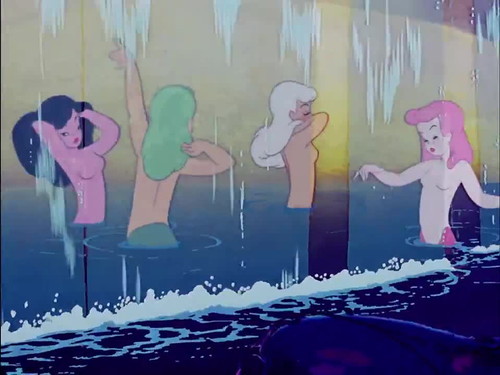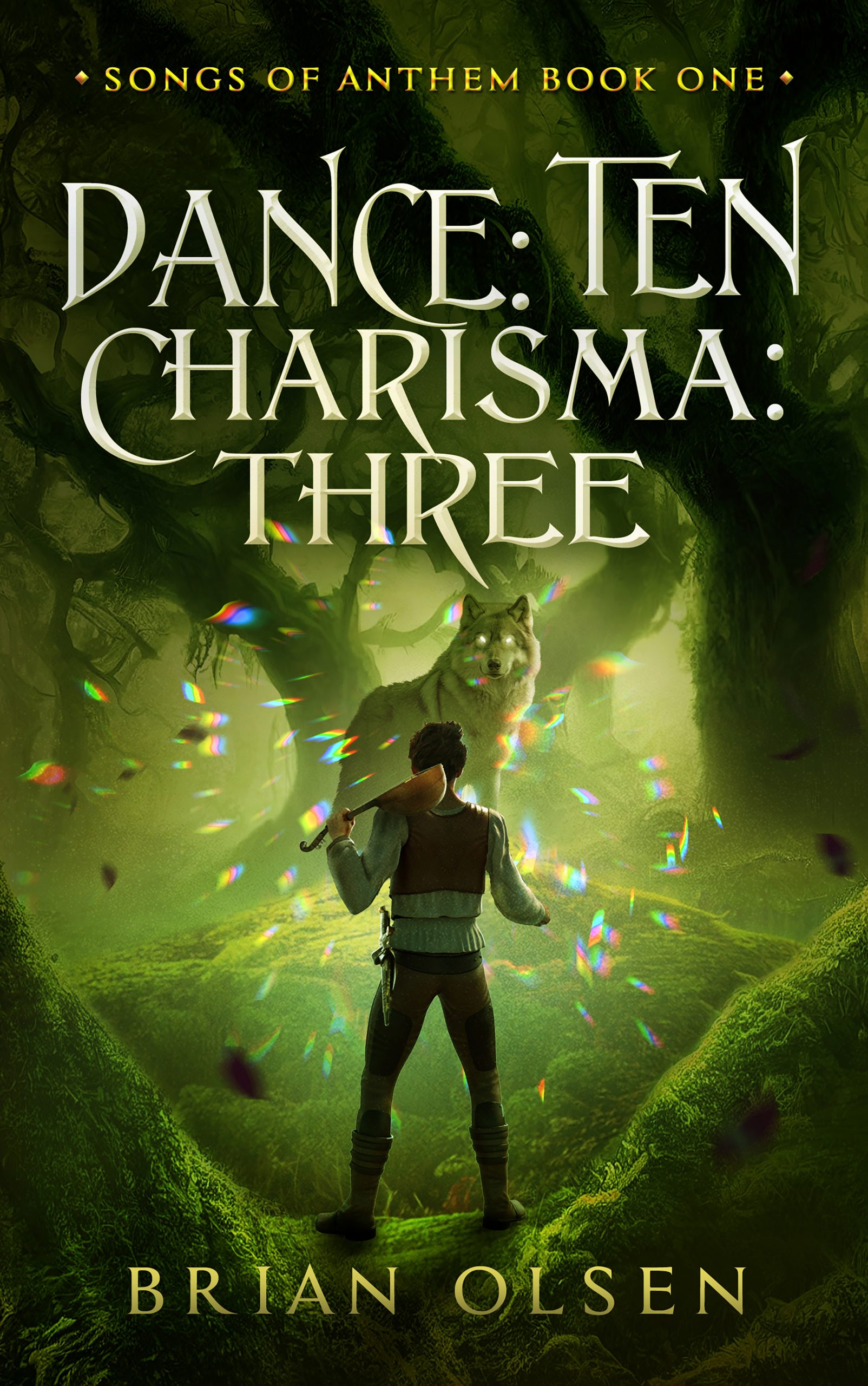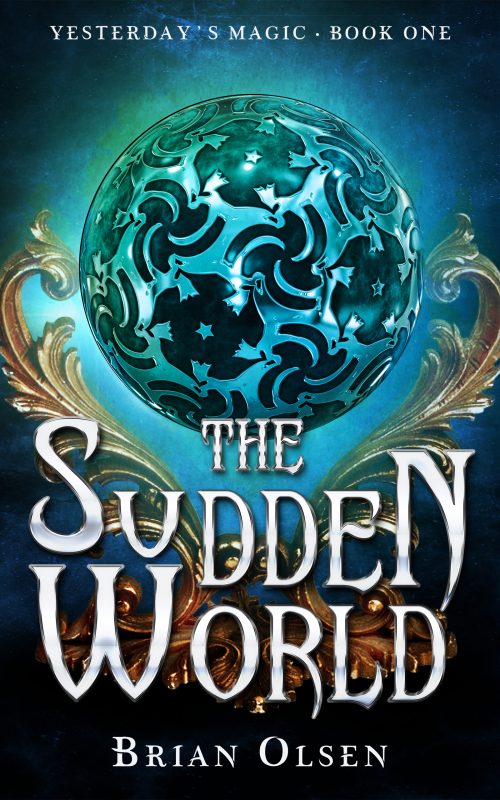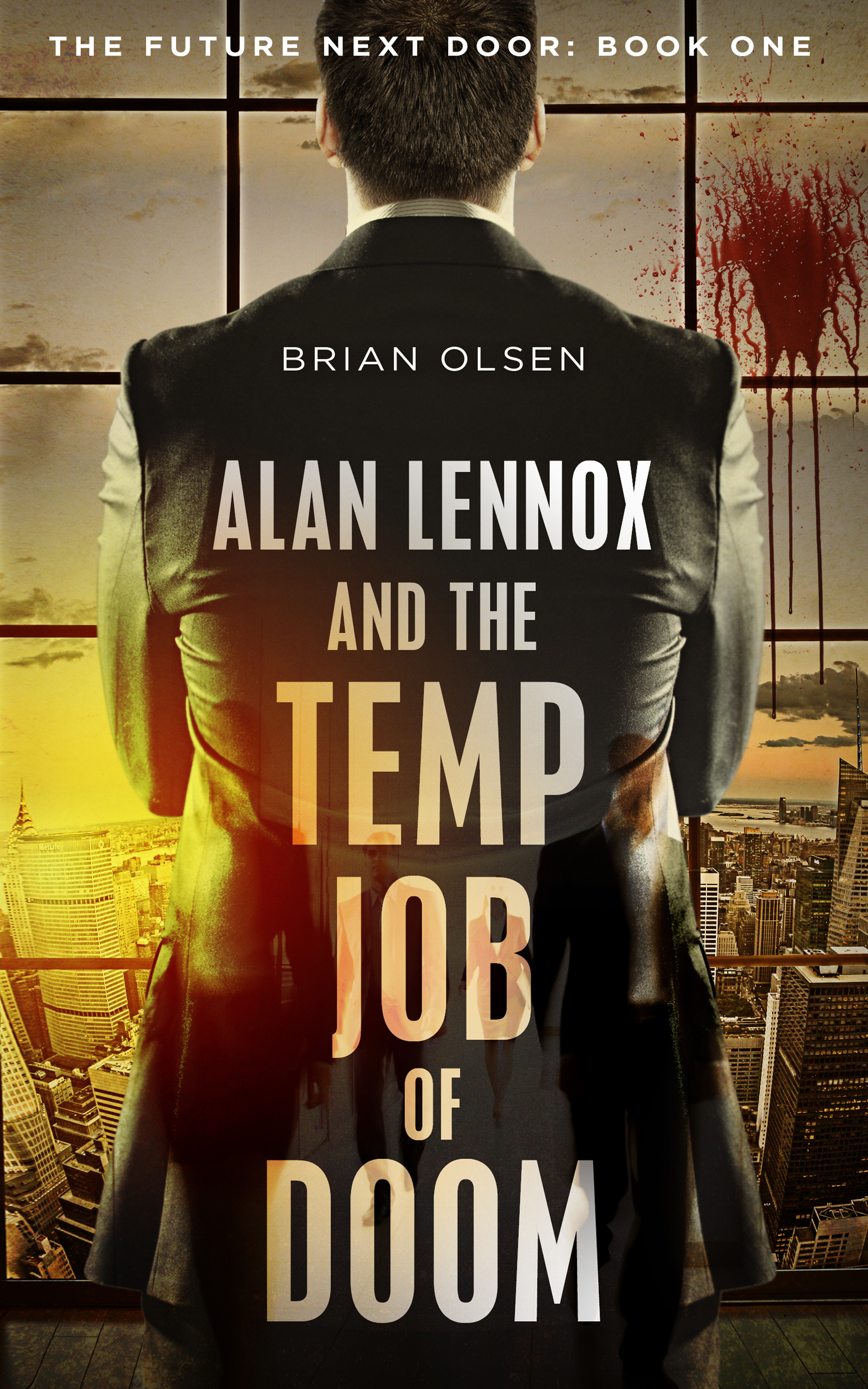Fantasia (1940) was the third animated feature from Disney, and the first “hybrid” movie, meaning a movie that combines animation and live-action. I first saw Fantasia as it was meant to be seen – in college, really stoned. I don’t remember that viewing very well (or much else from that period of my life, for some reason), but I remember it being a whole lot shorter. The two hours and four minutes running time surprised me when I fired it up this time around, and that’s because I had only seen an edited version – before 2000, that’s all that was available on home video, and it was missing some animated sequences and a whole lot of the live-action introductions. Now we can watch the whole damn thing! Lucky us…
I am probably the worst audience for this movie, as I am not really a big fan of classical music. I don’t actively hate it, like I did when I was a kid, but it’s not generally something I would choose to listen to. I made the mistake of settling in to watch later in the evening after a long day, and…I didn’t make it. I kept falling asleep. It’s not you, Fantasia, it’s me. It’s kind of you. It took me three tries to finish this epic. That said, I do have some nice things to say about it, so Fantasia fans, sheathe those claws.
- Bach’s “Toccata and Fugue in D Minor” (oh god I fell asleep just typing that) opens the program as we’re introduced to conductor Leopold Stokowski and the Philadelphia Orchestra. This segment rivals cutting a steak with a spoon for dullness. (The nice things are coming, I promise.)
- Tchaikovsky’s “Nutcracker Suite” is next. This is a lot more fun, as it takes us through the changing of the seasons from the point of view of various anthropomorphic flora and fauna. The Chinese Dance is kind of hard to watch, with the mushrooms depicted as stereotypical Asians. And this seems to be the year for sexy fish – what is up with that, Disney? Fish shouldn’t have pouty lips and come-hither eyes, it’s really disturbing.
- Dukas’ “The Sorcerer’s Apprentice” is the segment you know even if you’ve never seen this movie. Mickey Mouse in the red robe, casts the spell to make his broom fetch water, things go awry. It’s as great as you remember.
- Music critic Deems Taylor is our Master of Ceremonies and he is THOROUGH in his introductions. Holy crap. I assume this is the bulk of what was cut from previous releases and it must have saved an hour in running time. Before every segment he describes in excruciating detail everything we’re about to watch. SPOILERS!
- Stravinsky’s “The Rite of Spring” is fun. It takes us through the formation and development of life on Earth, from single-celled organisms through the extinction of the dinosaurs and IS THAT ANOTHER SEXY FISH? What the hell?
- Intermission. Let’s all sit and watch the orchestra members slowly leave their seats and exit through the center of the screen. Now let’s sit and watch them slowly file back in. Gripping. The little jazz jam session is fun, though, as is the silly demo of how sound is realized on film.
- Beethoven’s “The Pastoral Symphony.” This is the one I’ve been waiting for. It’s the one with all the mythological creatures darting about, and it’s got the only part of this film that’s still cut – for good reason. I’m keeping an eye out for the two moments where the racist depiction of black centaurs have been snipped out, but I only catch one. The pretty white centaur who’s having her hoofs done by her “maid” is zoomed in on so that the truly horrible stereotype is cut out of the frame. I can’t find the other, so the edit must have been pretty smooth. They did leave in the African centaur-zebras, though, which may not be all dolled up as Mammy-archetypes but are still a bit problematic. Oh, also, boobs. Centaur boobs, right in your face. No nipples, though. Maybe they’re between the hind legs, like on a real horse? Don’t think about how baby centaurs nurse. I said don’t think about it!
- Ponchielli’s “Dance of the Hours” is the one with the ostriches, hippos, elephants and alligators dancing ballet. It’s hysterical. It goes for the cheap fat jokes, sure, but it’s pretty funny regardless. I could watch that opening ostrich dance again and again.
- Mussorgsky’s “Night on Bald Mountain” and a bit of Schubert’s “Ave Maria” close out the program. Disney always calls the big boss demon in this segment “Chernabog” whenever he shows up elsewhere, but Taylor explicitly names him as Satan in the introduction. So, yeah, here’s Walt Disney’s Satan, tormenting the spirits of the damned. It’s pretty metal. I approve.
- A lot of the animation in this movie seems way ahead of its time, but maybe I just have a naive understanding of the 1940s. I don’t just mean the technology, I mean the styles and the tones. If I didn’t know otherwise, and you told me this was made in the sixties or seventies, I would believe you (because I am a trusting person). I can see why this was later embraced as psychodelia.



